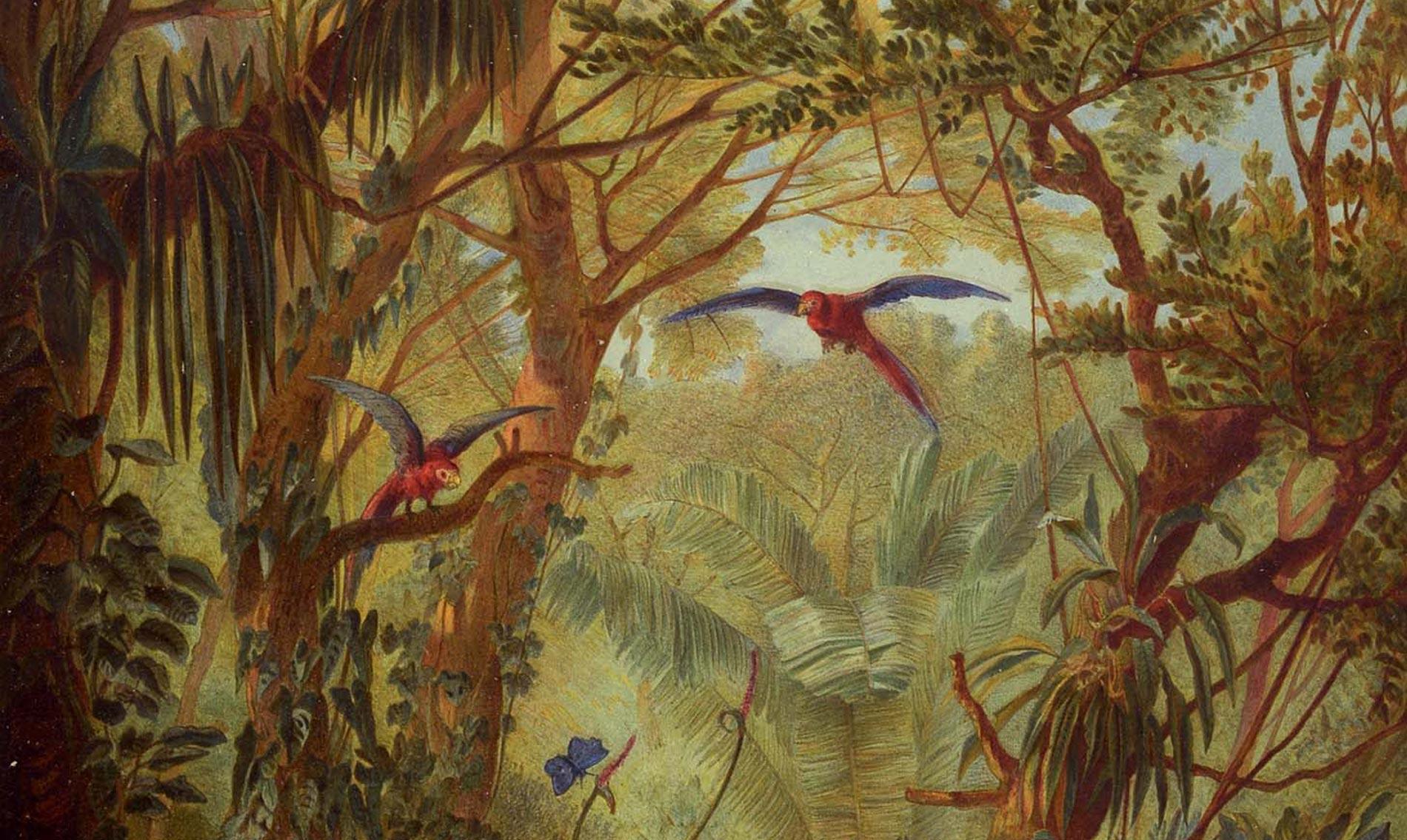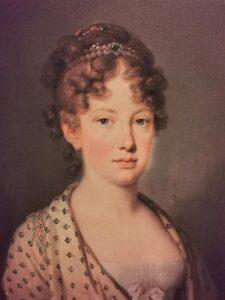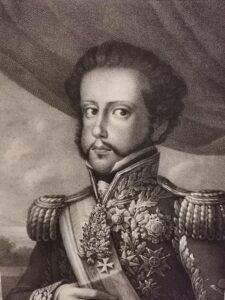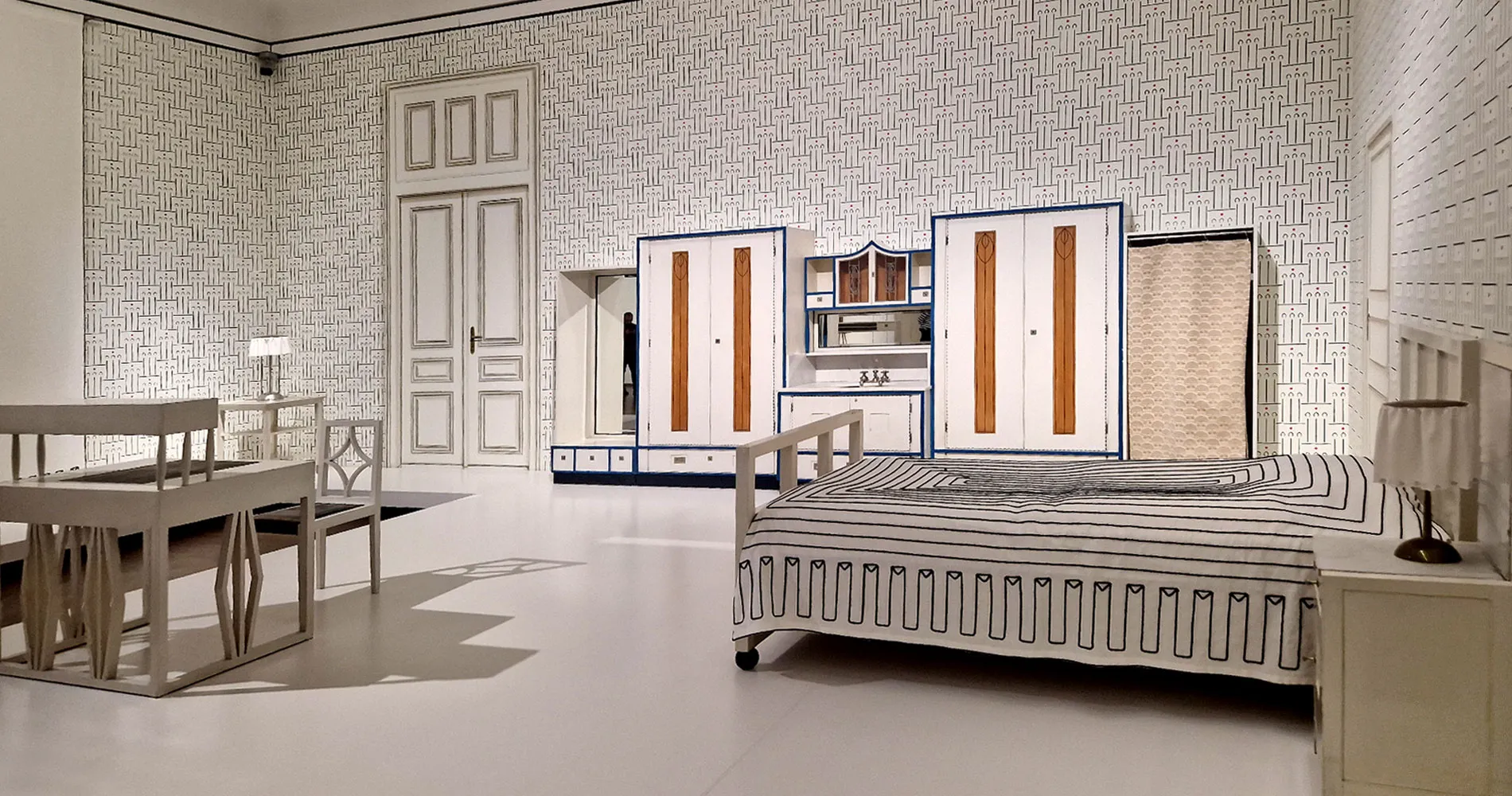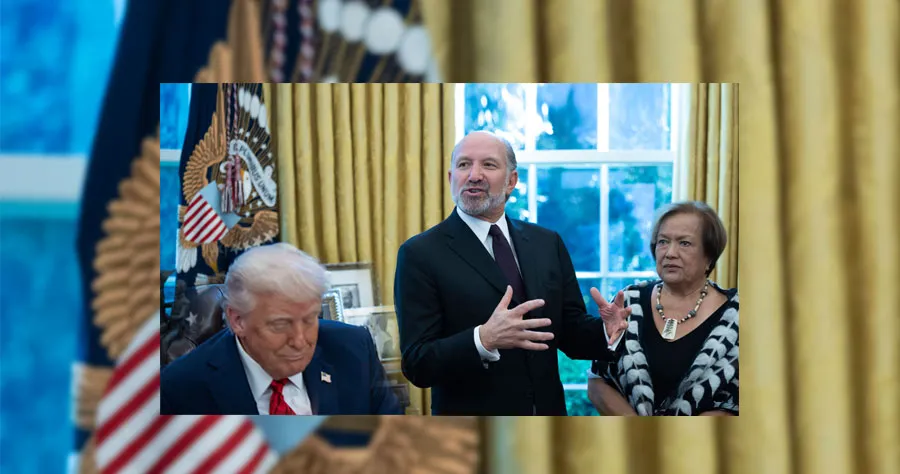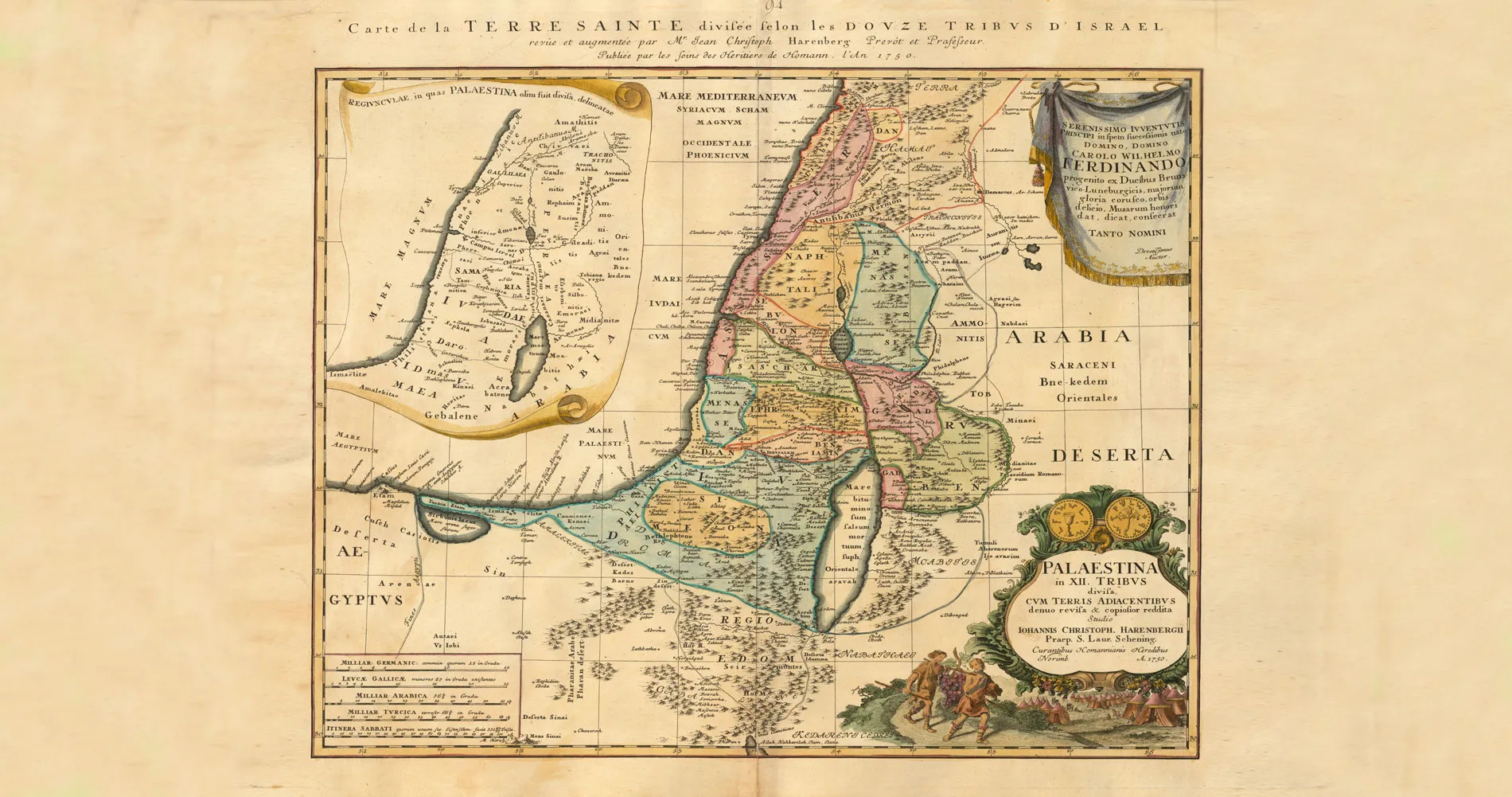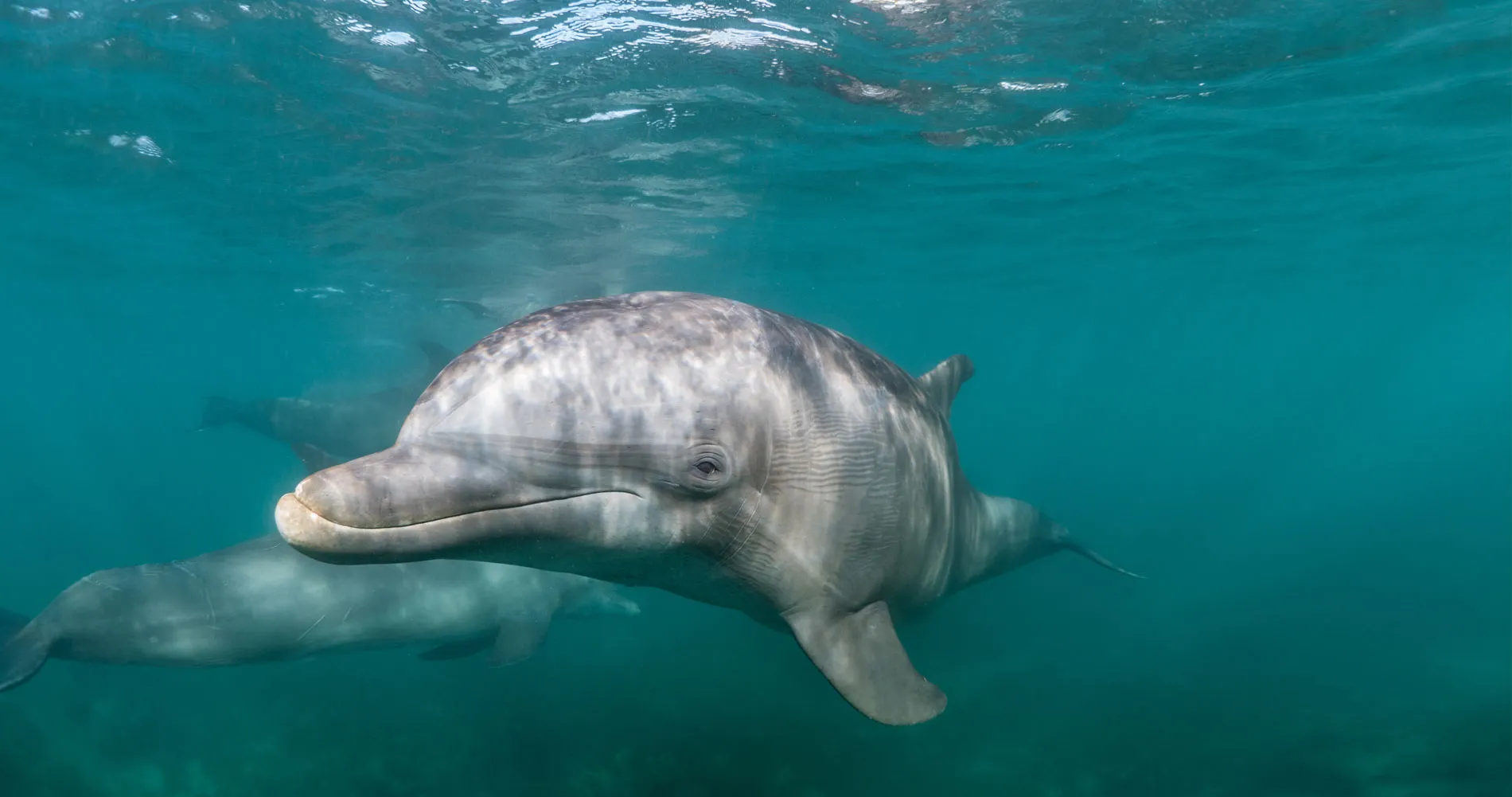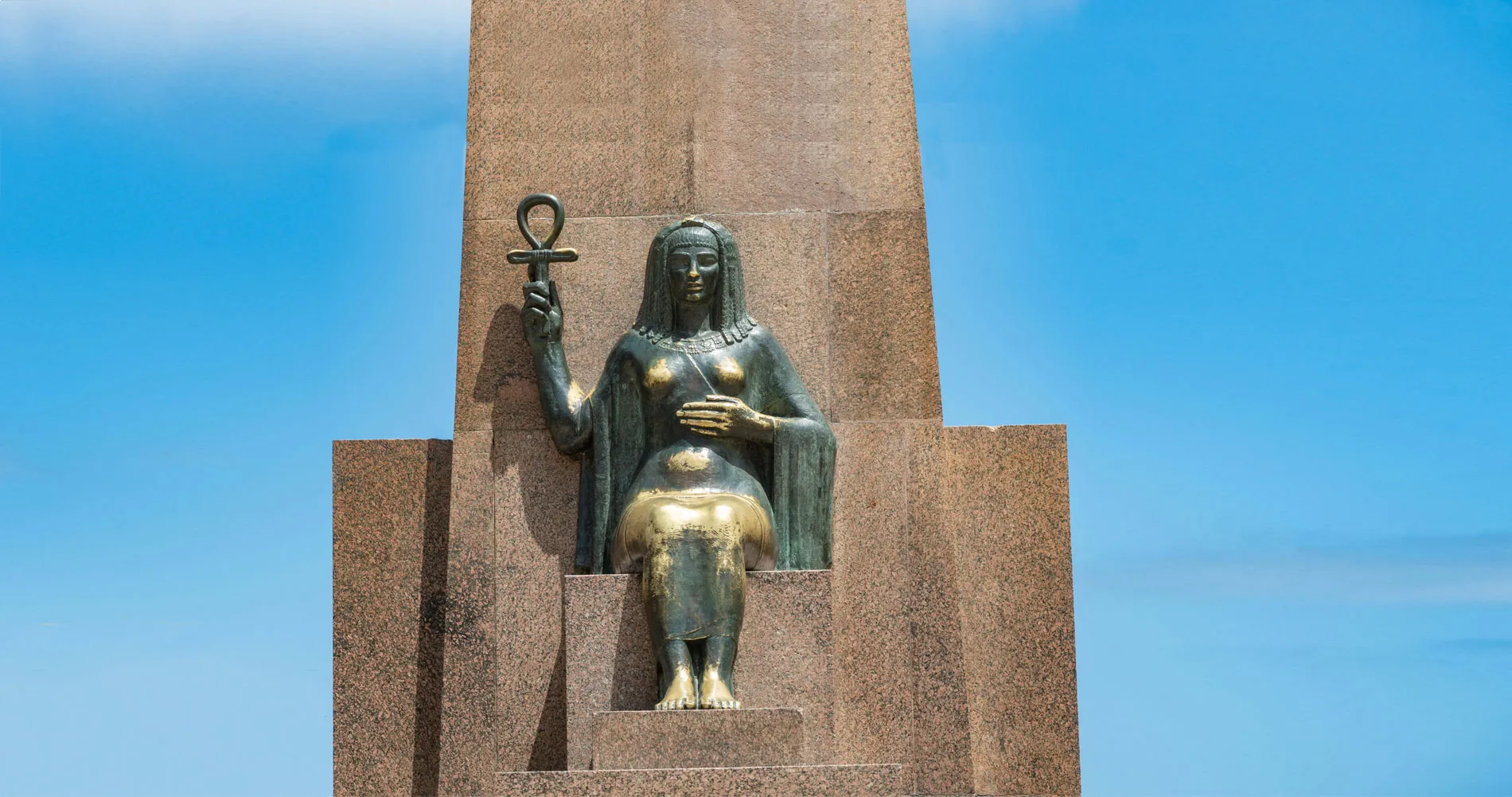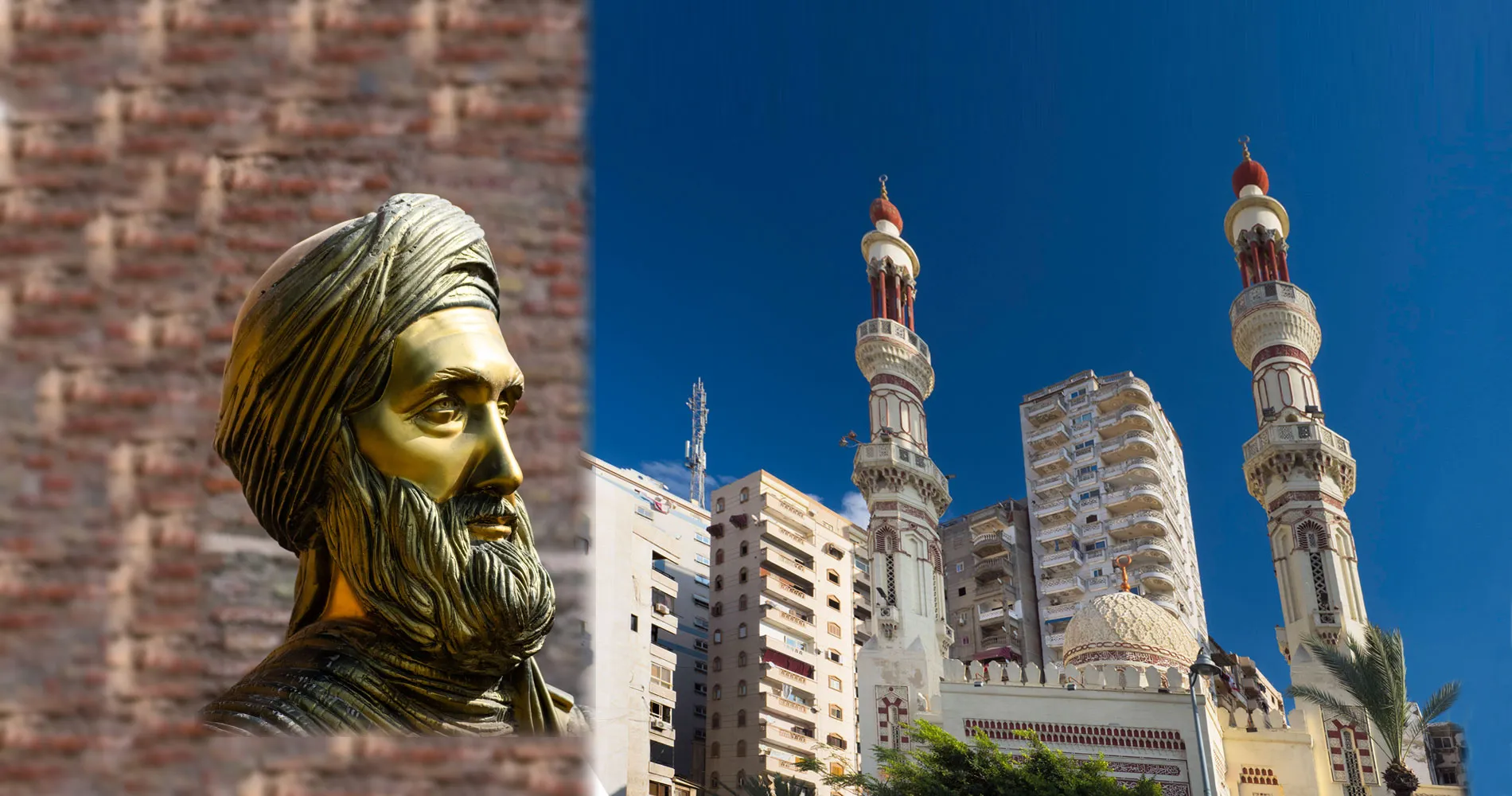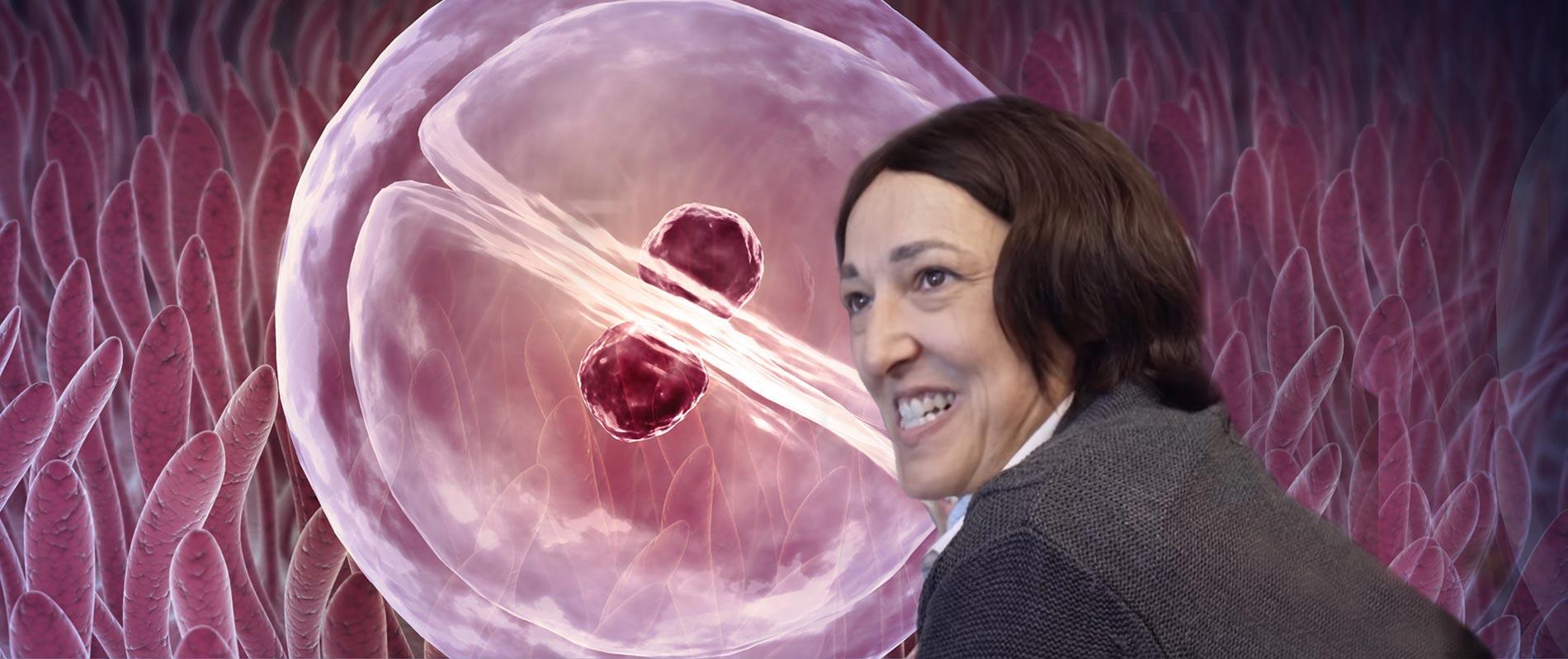Vienna’s Natural History Museum (NHM) celebrates 200 years of Austrian-Brazilian relations with an exceptional exhibition. It all started with a dynastic marriage in 1817, when Archduchess Maria Leopoldina of Austria married Dom Pedro, Duke of Braganza – the man who would become the first Emperor of Brazil. Austrian scientists and adventurers were among the first to document Brazil’s exceptional biodiversity and wildlife. The exhibit examines the transatlantic slave trade, Portuguese colonial rule and the disastrous effects on Brazil’s indigenous populations. The latest WWF 2022 Living Planet Report highlights the precarious situation especially in Latin America, which has seen a 94% decrease in wildlife compared to 1970. The NHM exhibition raises awareness and educates. History can teach many lessons – if there is a willingness to learn.
Diana Mautner Markhof, 2 November 2022
“Bella gerant alii, tu felix Austria nube. Nam quae Mars aliis, dat tibi diva Venus.”
(Let others wage war: thou, happy Austria, marry)
The phrase first appeared in the coat of arms of Archduke Rudolf IV in 1364 and characterizes the successful dynastic marriage policy of the House of Habsburg. Unlike other great powers, the Habsburg Empire preferred to marry its young archdukes and archduchesses to the offspring of other royal dynasties, thereby creating blood bonds and avoiding war. Marie Antoinette’s marriage to Louis-Auguste, heir apparent to the French throne, is perhaps the most well-known (and tragic) example of this policy. Yet there are dozens of others, one being the marriage of Archduchess Maria Leopoldina to Dom Pedro of Portugal, which was the start of Austria’s 200-year connection to Brazil.
During the Habsburg Empire (1278-1918), Vienna was not only the capital of a great power, but also a world center of culture and science. The Natural History Museum (NHM), together with its twin museum – the fine arts Kunsthistorisches Museum (KHM) – go back a long way, 270 years to be exact.
In 1750, the Holy Roman Emperor Francis I Stephan of Lothringen, Empress Maria Theresa’s husband, purchased the then largest and most well-known collection of natural history objects from the Florentine scholar and scientist Jean de Baillou. This purchase was to be the first step in the creation of the NHM. It consisted of 30 000 objects – rare fossils, snails, mussels, and corals, as well as valuable minerals and precious stones.
In 1755, Emperor Francis, the founder of the Schönbrunn zoo (1752) and botanical garden (1753), organized a major scientific expedition. Nicolaus Joseph Jacquin, a famous botanist and chemist, was commissioned to travel to the Caribbean, the Antilles, Venezuela, and Colombia. He came back with many live animals and plants for the zoo and the botanical garden and 67 cases full of other items of interest from the natural world.
After the Emperor’s death in 1765, Maria Theresa (1717-1780) donated the Habsburg’s natural science collection to the state and opened the NHM’s predecessor museum to the general public.
Today the NHM is one of the world’s top research museums housing unique collections comprising 30 million objects from biology, earth sciences, anthropology and archaeology. Spending an afternoon in the NHM conjures scenes from Jurassic Park: large dinosaur skeletons follow you from room to room. With 39 magnificent exhibition rooms which cover an area of 8460 square meters, more than 100 000 objects are on display at any given time. The NHM is home to more than 60 resident scientists and numerous guest researchers.
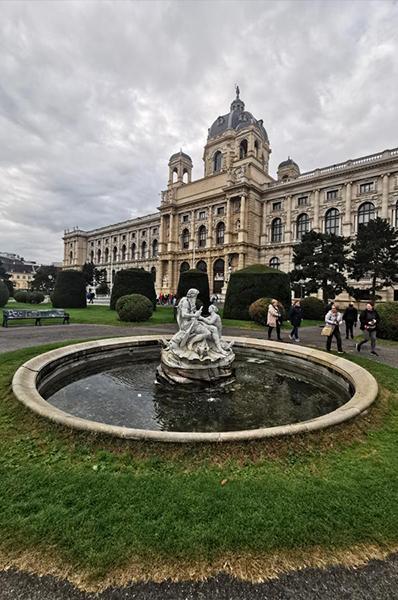
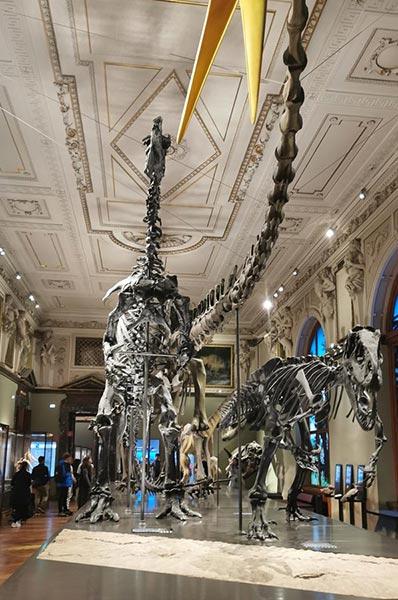
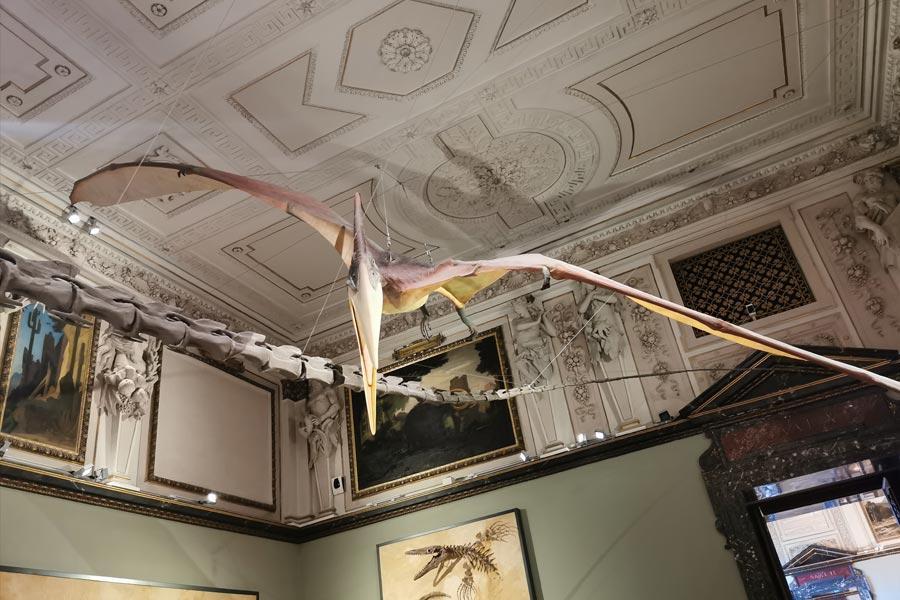
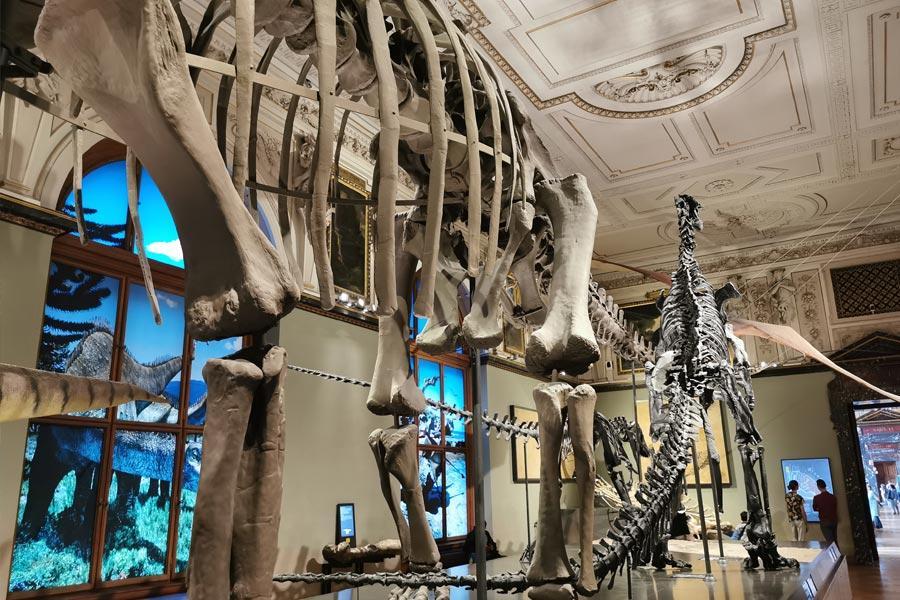
Natural History Museum, Vienna
Empire of Brazil and its Austrian Empress
One of the current exhibitions at the NHM is “Brazil – 200 Years of Relations”. The exhibition will run until April 2023 and focuses on Brazil’s unique biodiversity from an historical perspective. The exhibition highlights the centuries-old bond between the two countries, which can be traced back to the Habsburg monarchy through the dynastic marriage in 1817 of Archduchess Maria Leopoldina of Austria (the fourth daughter of Emperor Francis II and his second wife Maria Theresia of Naples and Sicily) to the Portuguese heir to the throne, Dom Pedro. She married Dom Pedro in Vienna at a proxy wedding. This union was not only politically significant but had a lasting impact on science and ultimately on the future of Brazil. Dom Pedro and Archduchess Maria Leopoldina became the first Emperor and Empress of Brazil.
Under the auspices of Chancellor Prinz Klemens Wenzel von Metternich – one of the most powerful statesmen of his time and host to the Congress of Vienna (1814-1815) – a large expedition was organized to celebrate the royal wedding of Maria Leopoldina and Dom Pedro. Two Austrian frigates accompanied Maria Leopoldina on her journey to Rio to meet her husband.
During this four-year expedition, distinguished scientists collected and documented the exotic fauna and flora of Brazil and gathered samples of minerals and ethnological treasures. The renowned taxidermist Johann Natterer prolonged his stay to 18 years during which time he travelled the rainforests of South America. He sent tens of thousands of ethnographic objects and specimens back to Vienna – many unknown at the time. He also sent back live animals for the Imperial Menagerie (Schönbrunn Zoo).
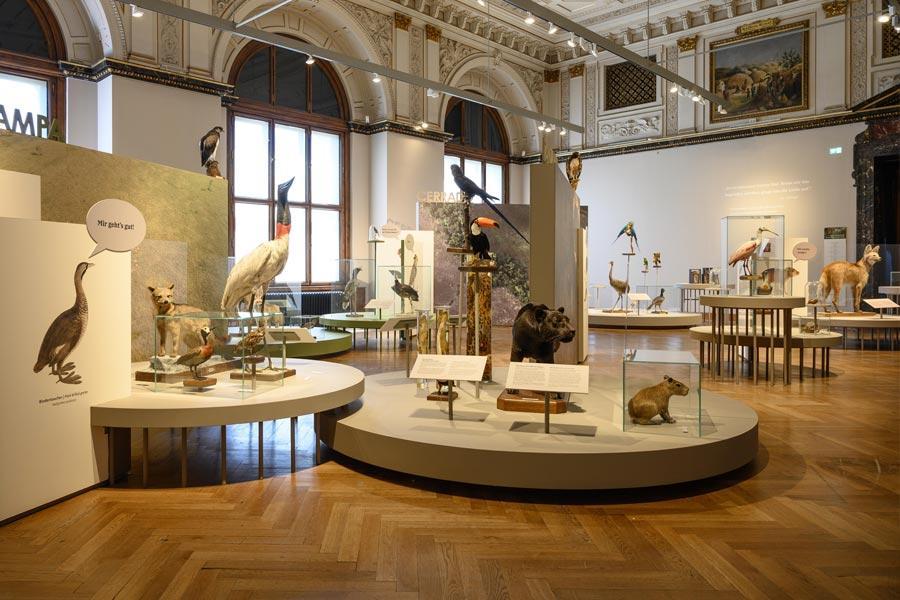

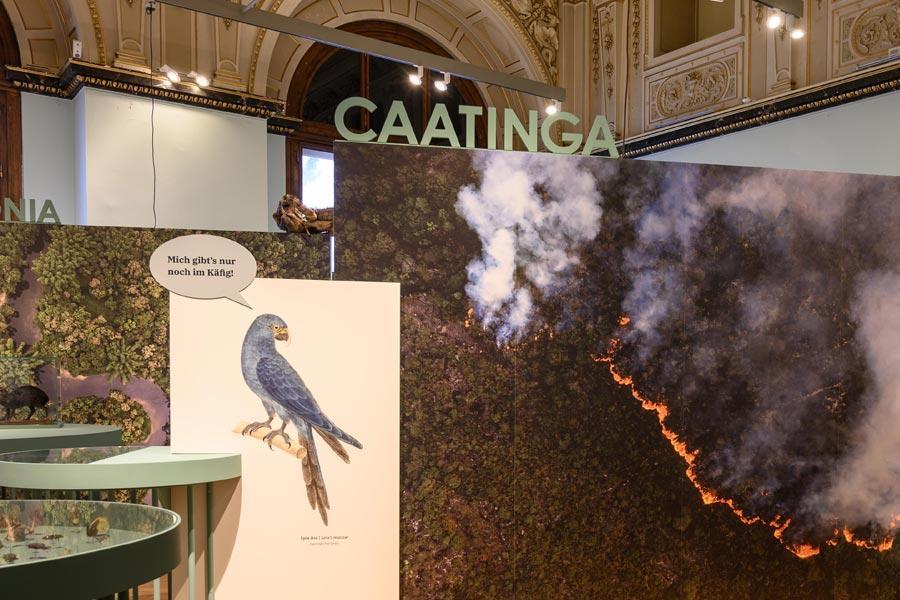
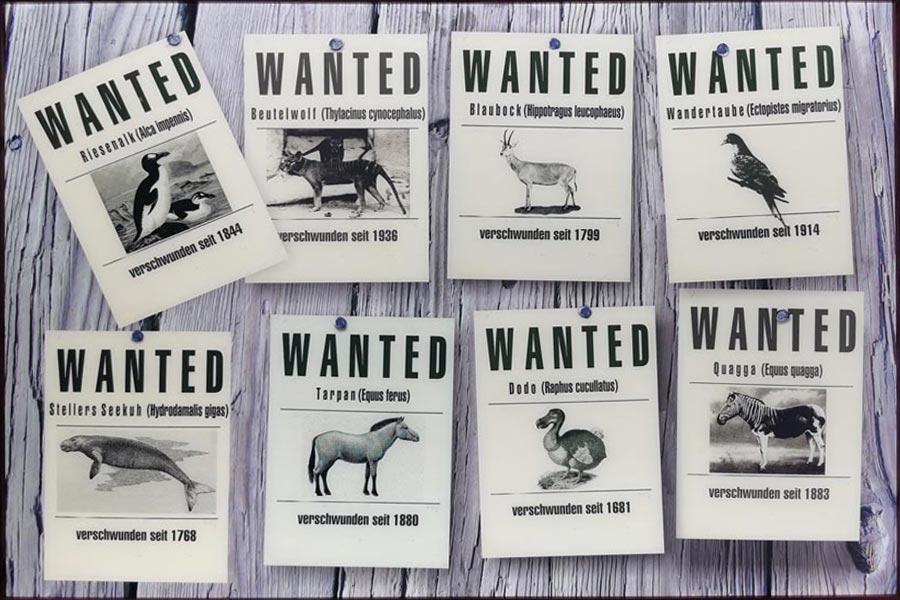
By 1821, the Natural History Cabinet at the Imperial Palace was bursting. A new museum solely dedicated to Brazil, the Brasilianum, was opened in the center of Vienna. The museum was open to the public. The Brasilianum became a major attraction at the time. In 1836 it closed its doors. Visitors can marvel at some of these treasures at the current NHM exhibition “Brazil – 200 Years of Relations”.
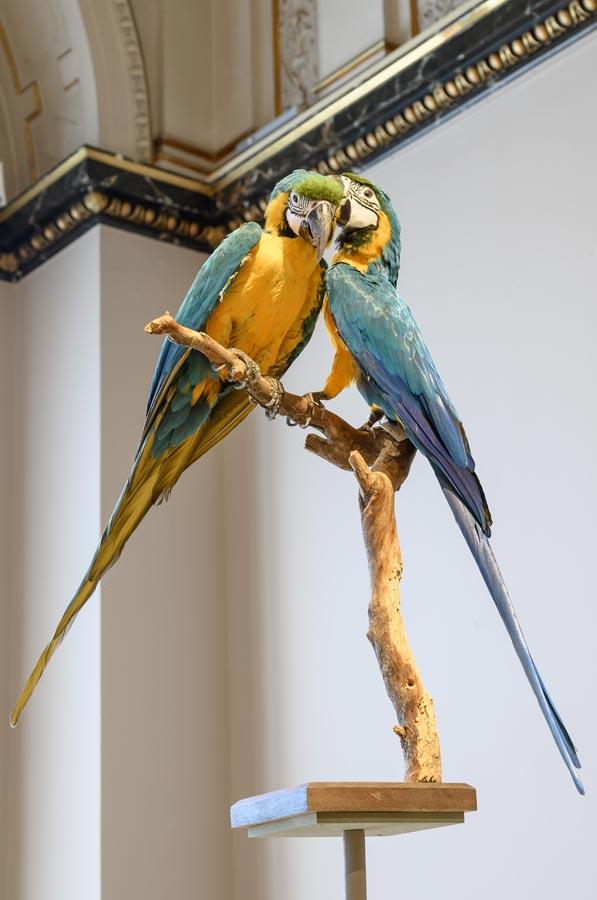
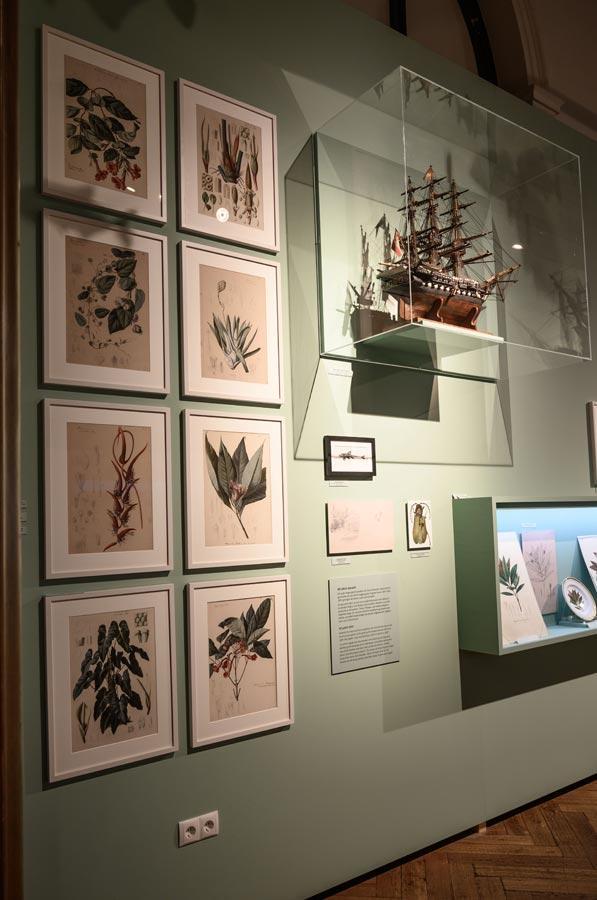
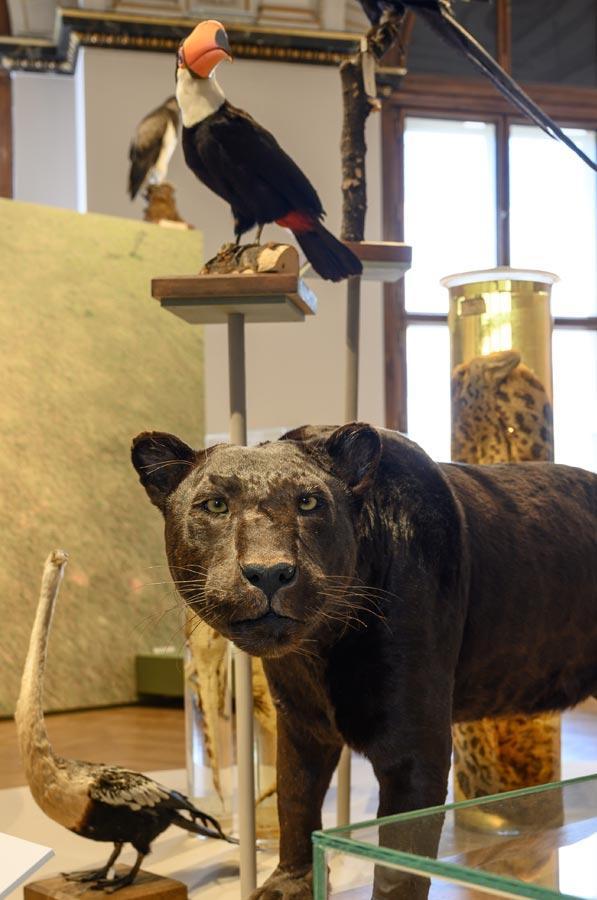
On 7 September 1822, Dom Pedro declared Brazil’s independence from Portugal. He crowned himself Emperor of Brazil on 1 December. In a letter to her husband, Archduchess of Austria Maria Leopoldina urged him to take this step: “Brazil is like a volcano … With or without your help, it will secede. The apple is ripe, pluck it now or it will go bad … Pedro, this moment is the most important of your whole life … You will have the support of the whole of Brazil.”
Colonialism and Slave Trade
The NHM exhibition also addresses colonialism and slave trade. The Habsburg Empire did not join the colonial frenzy of other great powers on the American continent – these being France, Great Britain, Spain and Portugal. Austria was neither involved in the slave trade, the colonizing of South (or North) America, nor the environmental and human impact of this.
The Brazilian slave trade started in 1550, shortly after Portugal conquered Brazil in 1500. Slaves worked on the sugar cane farms. Next to sugar cane, cotton, coffee, tobacco, gold and other precious metals were farmed/mined. Portugal exploited the natural resources of Brazil with no regard to the impact on the indigenous populations.
By 1600 the Portuguese had established over 100 such monoculture plantations across Brazil. Slaves were mainly ‘imported’ from Africa. The ships carrying the slaves would return to Europe filled with goods from Brazil. It is estimated that almost five million African slaves were shipped to Brazil. In 1888 slavery was abolished in Brazil.
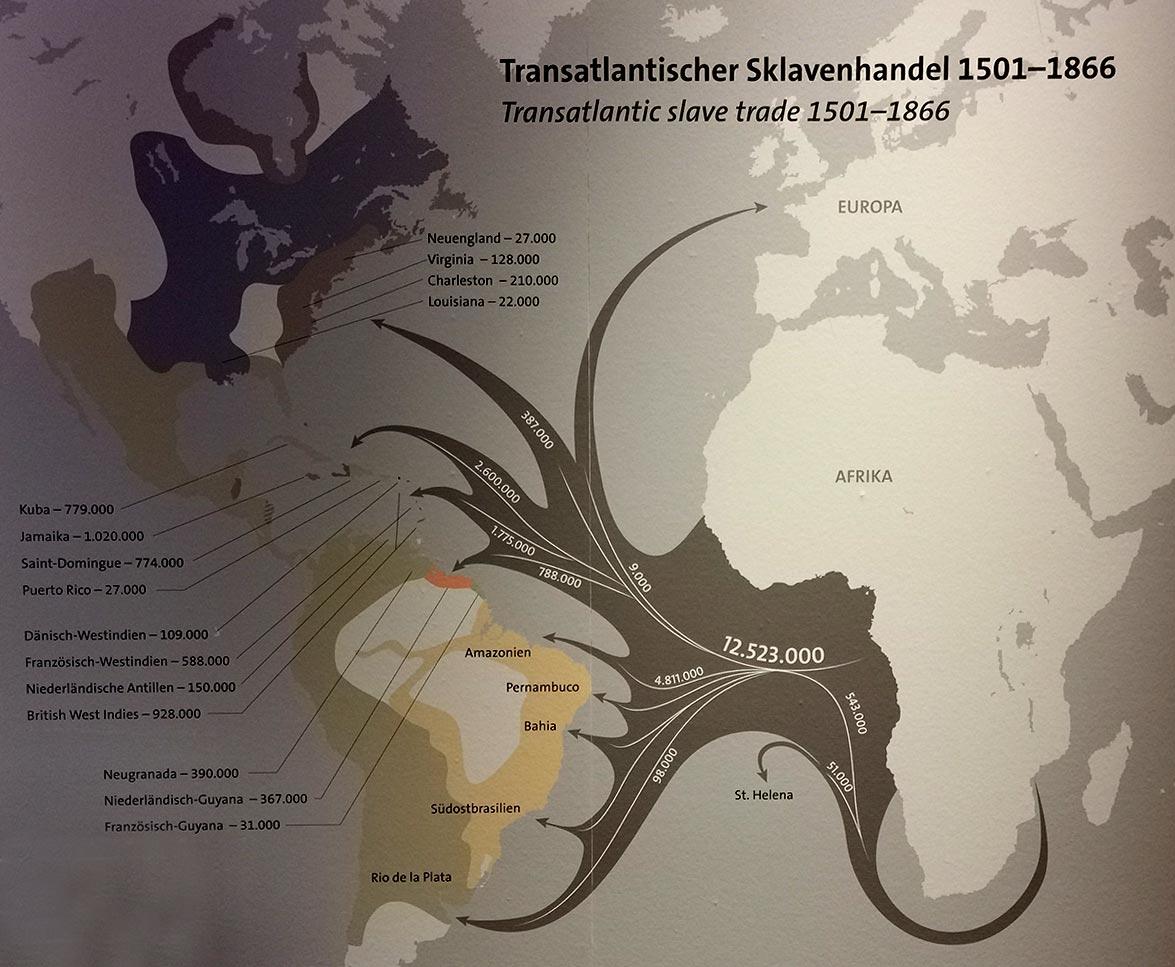
Brazil’s Fauna and Flora in Danger: WWF 2022 Living Planet Report
Brazil’s unique natural habitats are highlighted in this unique exhibition: the evergreen rainforest of Amazonia; the huge Atlantic coastline; the dense wilderness of the Atlantic Forest; the so-called ‘White Forest’ in the Caatinga; the tropical swamps of the Pantanal; the highly specialized grasses of the Pampa; and the forbidding savannas of the Cerrado. The exhibition documents Brazil’s rich biodiversity then and now.
The historic perspective takes the exhibition’s visitor on a trip through time to historic Brazil and highlights how these habitats have changed/disappeared. The effects of climate change and harsh economic interests/policies are to blame for this–deforestation and mining remain rampant.
The recently published WWF 2022 Living Planet Report documents the continued rapid decline of wildlife on our planet compared to 1970 levels. Today there are 69% less wild animals living on our planet and a staggering 83% drop in amphibians, reptiles, birds, fish and water mammals. The geographic areas which are impacted the most by this decimation of wildlife and habitat are Latin America and the Caribbean Islands, with a drop in wildlife of up to 94%.
(https://wwflpr.awsassets.panda.org/downloads/lpr_2022_full_report.pdf)
Brazil is the fifth largest country on earth and the most biodiverse country in the world. It is estimated that Brazil is home to some 1.8 million different species which populate its 8.5 million square kilometers. 19 000 of these species of plants and animals are unique to Brazil. In the past, the Portuguese exploited Brazil’s natural resources and destroyed vast areas of pristine nature. This destruction is ongoing today – about 10 000 square acres (40.46 square kilometers) of Amazon rain forest are destroyed each day. It is unknown how many species have silently disappeared, but it is clear that many animals, fish, insects, birds and plants are in danger of extinction.
The timely exhibition in the NHM underscores how important it is to act now to protect natural habitats and their wildlife. Whether it be rainforests, swamps or savannas, Brazil must safeguard these environments and the animals and plants living there for future generations. The wealth of historical information and documents at the NHM can play a key role in supporting vital research and raising public awareness. History can teach many lessons – if there is a willingness to learn.


